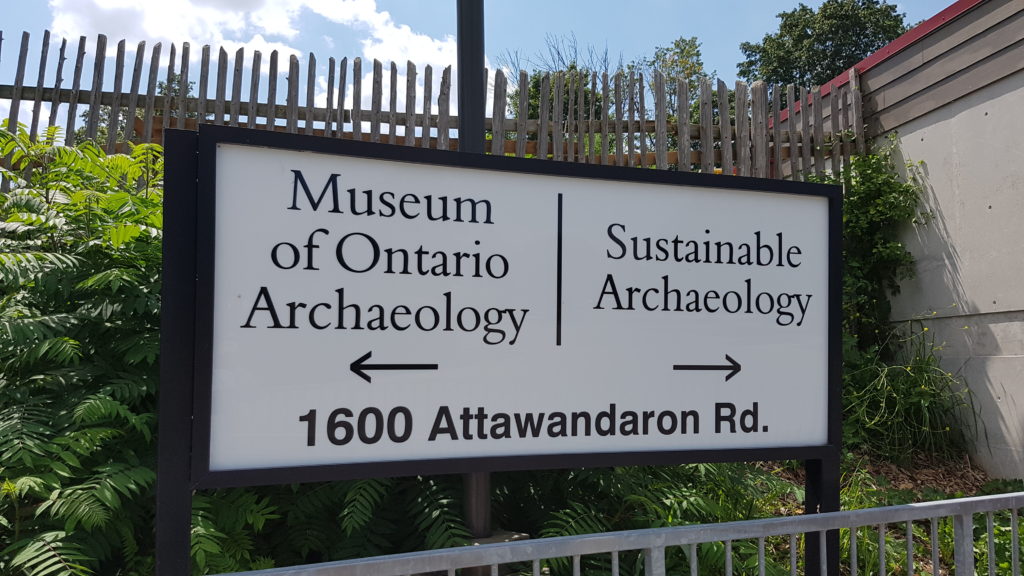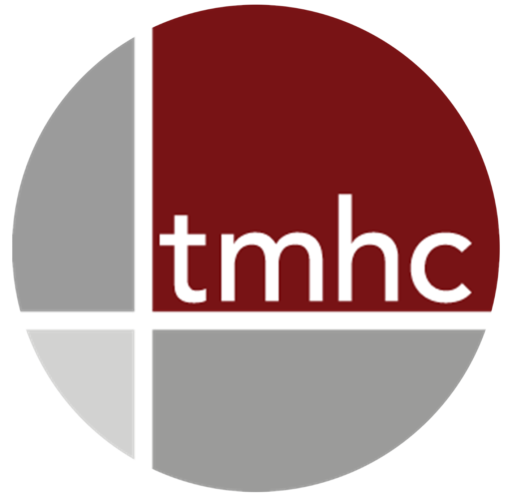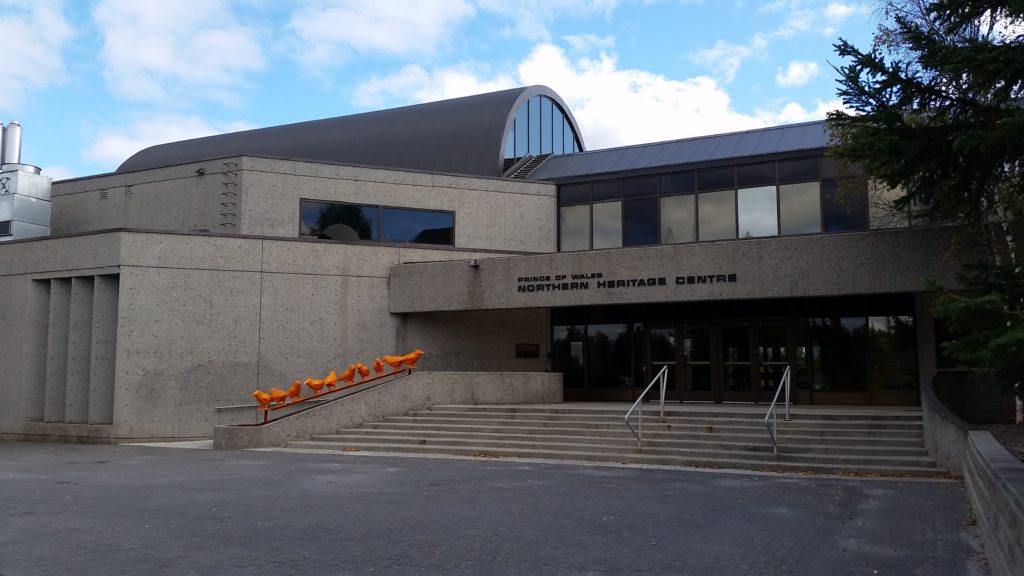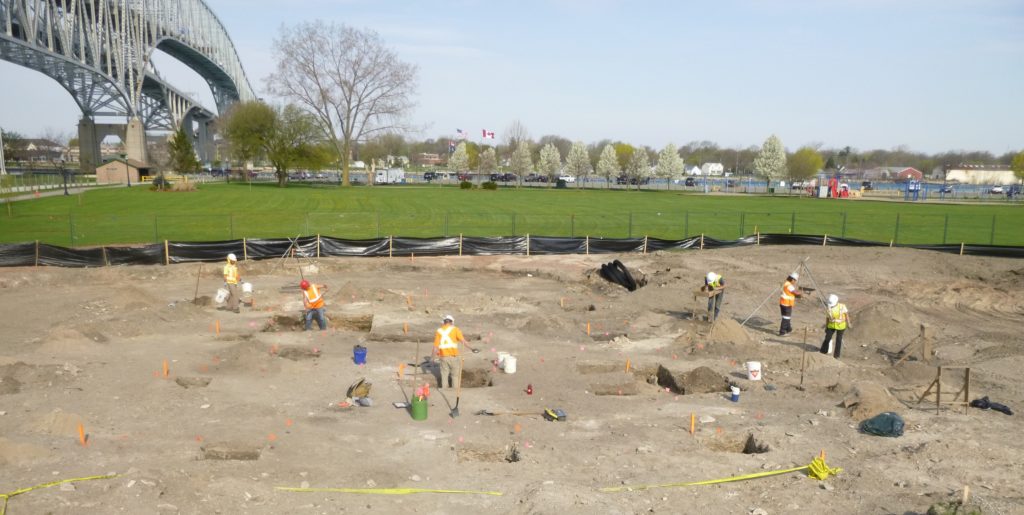TMHC and the Research Portal
At the end of 2016, Timmins Martelle Heritage Consultants together with Sustainable Archaeology @ Western University, initiated a new postdoctoral fellowship funded, in part, through the Mitacs Elevate program. The goal of the fellowship is to theorize a comprehensive digital heritage information platform and, in doing so, redesign, streamline and augment archaeological and heritage information systems already present and in development by both institutions. One original system developed as part of the fellowship is the community-driven Research Portal.
The Research Portal
The world is full of great ideas, many held by individuals and organizations that will never realize their full potential because they do not have the resources to undertake associated research and follow through on outcomes. Social sciences and humanities departments across Canada are increasingly turning their attention to research which includes a non-academic element (a community/individual/space/organization). This community-based, participatory, applied and public research is often premised on the researcher's own goals and objectives rather than originating from within a community.
The Research Portal undertakes to reverse that relationship.
AS A MEANS TO CONNECT
The Portal provides communities, organizations and individuals (including CRM companies) a means to advance their own ideas to researchers. Interested researchers then connect with these community elements and negotiate the terms of research and the associated desired outcomes. The portal links community projects with prospective researchers including graduate students and faculty.
This service will provide new possibilities to communities and institutions that might otherwise never connect.
AS A MEANS TO DISSEMINATE
Not only is the Portal intended to trigger projects, it is meant to celebrate outcomes. To academics publishing your work is paramount and to communities the ability to disseminate complex information is sometimes beyond available resources and capacities. This portal provides a means for each project to celebrate its successes while simultaneously creating a space where these outcomes can be shared and acknowledged.
Each successful project will be provided a dedicated and curated digital space where participants can jointly promote the various digital media outcomes of their partnership. Opportunities to provide testimonials about the project will also generate a project portfolio which participants can point to as evidence of their success.
BENEFITS TO CULTURAL RESOURCE MANAGEMENT
The potential of the Portal to consulting archaeology drives TMHC's support of this initiative. If it proves successful, the Portal could address or resolve several outstanding criticisms of commercial archaeology when the Portal's services are applied as part of commercial practice:

Museum of Ontario Archaeology and Sustainable Archaeology
MORE RESOURCES
A consistent criticism of commercial archaeology since its inception has been that CRM does not contribute enough to the ever-growing cache of information about the material past accumulated by rigorous academic analysis. Notwithstanding questioning the value of said accumulation beyond archaeology, commercial archaeology's resources are generally too tied up in the day-to-day of CRM to devote much time, money and energy to more exhaustive analyses of the sites and collections they encounter. When they do, it is often a combination of factors that allows them to go further (i.e., proponent interest, uniqueness of sites/artifacts, employee turned graduate student, and/or company philosophy). The Portal provides a systematic way for consulting archaeologists to identify projects worthy of further research to researchers potentially looking for projects.
Prince of Wales Northern Heritage Centre - Yellowknife
NON-TECHNICAL DISSEMINATION
A required practice of consulting archaeologists in Canada's northern territories is the production of brief non-technical reports alongside the longer and more publicly inaccessible conventional reports. These non-technical reports are provided to interested local communities and made available on-line, providing a much better sense of the archaeological work being done in the territories to a much broader audience. In supporting the creation of and maintaining Portal research outcome pages, the Portal attempts to reflect the dissemination standards of Canada's North. The Portal hopes to demonstrate the benefits of one day requiring all commercial archaeological projects to produce accessible, non-technical documentation.
POSSIBILITIES FOR ENGAGED COMMUNITIES AND CLIENTS
As a value-added service, the Portal has tremendous potential to realize various heritage-related objectives of descendant communities and clients beyond the CRM contract.
- Unresolved research question? Support an archaeology graduate student looking into it as part of their thesis.
- Community wants more information? Support a museum studies student developing an exhibit or a linguist developing school curricula in an Indigenous language.
The projects may take a few years to find researchers, if they do at all, but the potential to realize these outcomes is worth the minimal expenditure of resources involved in listing a project and providing the level of support desired if that project proceeds. Support could take the form of access to collections and raw data/analyses, mentorship and access to services/equipment such as GIS or laboratory space.
Finally, the Portal encourages students in Canadian institutions to step beyond the academy and into a world many of them may not fully appreciate. Providing these students with a sense of commercial practice and building networks outside of the classroom will make them that much more capable when the vast majority of them ultimately leave academia and start looking for employment.
Additionally, by exposing them to commercial practice while they are still embedded within academia enables their research to be considered within a different cognitive framework than would otherwise be applied, hopefully shifting academic discourse into more applied and applicable research and conclusions.
Interested in participating?
Visit http://www.insituated.com/research-portal for more information.


